How to tell original Lightning cables from fakes
Lightning Cable: Appearance and Materials
A lightning cable is created by assembling at least 13 different parts, ranging from the lightning DB Plug, to the cable wire, all the way to the USB connector. This level of intricate and sophisticated design requires top quality materials to produce the best result and create a flawless finished product. Different manufacturers will often incorporate different qualities of materials which will end up being sold as knock-offs for the same or cheaper price than the original.
The differences are often subtle and concealed, but they are easily noticeable if you know what to look out for. These small differences can be the key to getting an original, top quality product instead of a counterfeit, potentially hazardous knock-off which will only waste your money and time. Here, we will focus on those differences and show you how to recognize and avoid fake products, so you can be certain that you have purchased an original brand top quality product.
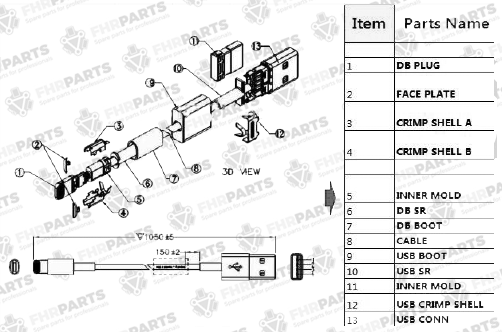
Just look at the complexity inside this top-of-the-line cable!
Lightning Cable: Original vs. Fake – Side by Side Comparison
In the examples shown here, we will stress the differences between certified Apple accessories and counterfeit or uncertified accessories. Keep in mind that these are just some of the countless counterfeit products circulating around the market, but these are the main differences you can learn to recognize yourself. On the left is the original Apple-certified version, and on the right are the fakes.
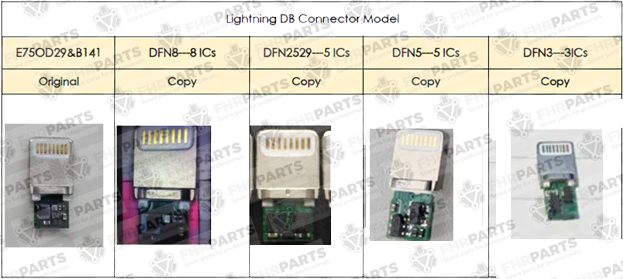 Lightning DB Connectors
Lightning DB Connectors
As the most important parts of a lightning cable, it is well-known that the DB connector of the Apple OEM lightning cables (MD818 & MD819) are built with E75 connectors, also known as S86 ic, whereas MFi lightning cables are mostly made with C48B or C10B.
Professionally speaking, Apple currently has four authorized OEM manufacturers for all genuine OEM connectors: FJM, Foxconn, JAE and Molex, with Foxconn being the main supplier.
Today's market is flooded with fake lightning accessories, and all of them are built using fake lightning connectors and not the original E75. According to the latest customer experience and market research, there are at least ten kinds of lightning connectors available. Using the MD818/819 lightning cables as examples, we provide a brief overview of the original E75 and some fake models so that you can learn the visual difference.
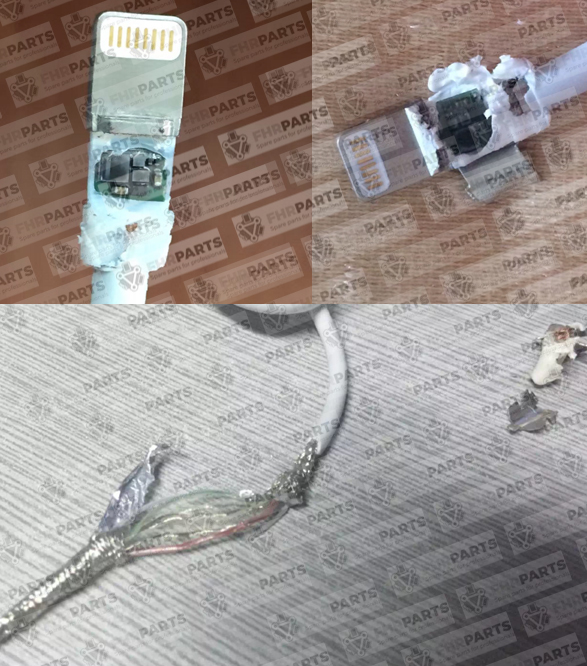 Original Genuine OEM Apple Lightning Cable tear-down for more details.
Original Genuine OEM Apple Lightning Cable tear-down for more details.
As shown in the picture above, it is clear that the Original E75 Lightning DB connector has an 8-chip PCBA, while most of the fake lightning cables in the market nowadays have only 3 or 5-chip PCBAs.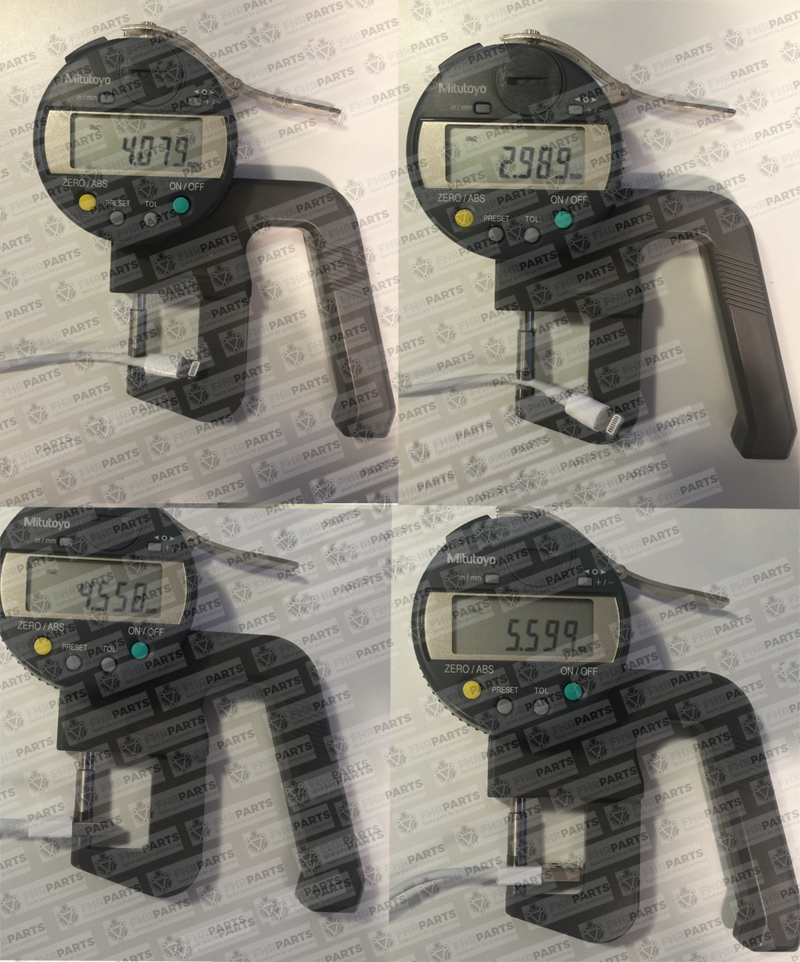
Trustworthy and reliable suppliers will do their best to offer professional service. We invest a lot of effort familiarizing our valued customers with potential discrepancies and frauds, while aiming to ensure secure and high-quality purchases every time. One of the best ways to recognize and discover counterfeit products is to use the Apple Lightning ID tester and detector to identify the lightning connectors.
There are at least 4 or 5 kinds of Lightning ID testers available on the market today, although some of them are already outdated and obsolete, unable to offer precise and accurate information.
An Apple Lightning ID tester is a simple machine built with ATS detective OS inside, and the only professional and precise machine in the world today is the NI machine in Foxconn/Foxlink/Luxshare as depicted below.
NI Machine – The most professional, reliable and precise Apple lightning cable testing machine in the world. NI machine is valued at over 100,000 US dollars per piece. It is only used in Foxconn/Foxlink/Luxshare workshops and is not available for public purchase.
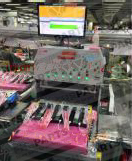
Version 4 ATS Lightning Detector – Aluminum box
The Latest ATS Apple lightning connector code tester and detector. Simple ATS function; could detect original and most knock-off lightning connectors on market.
